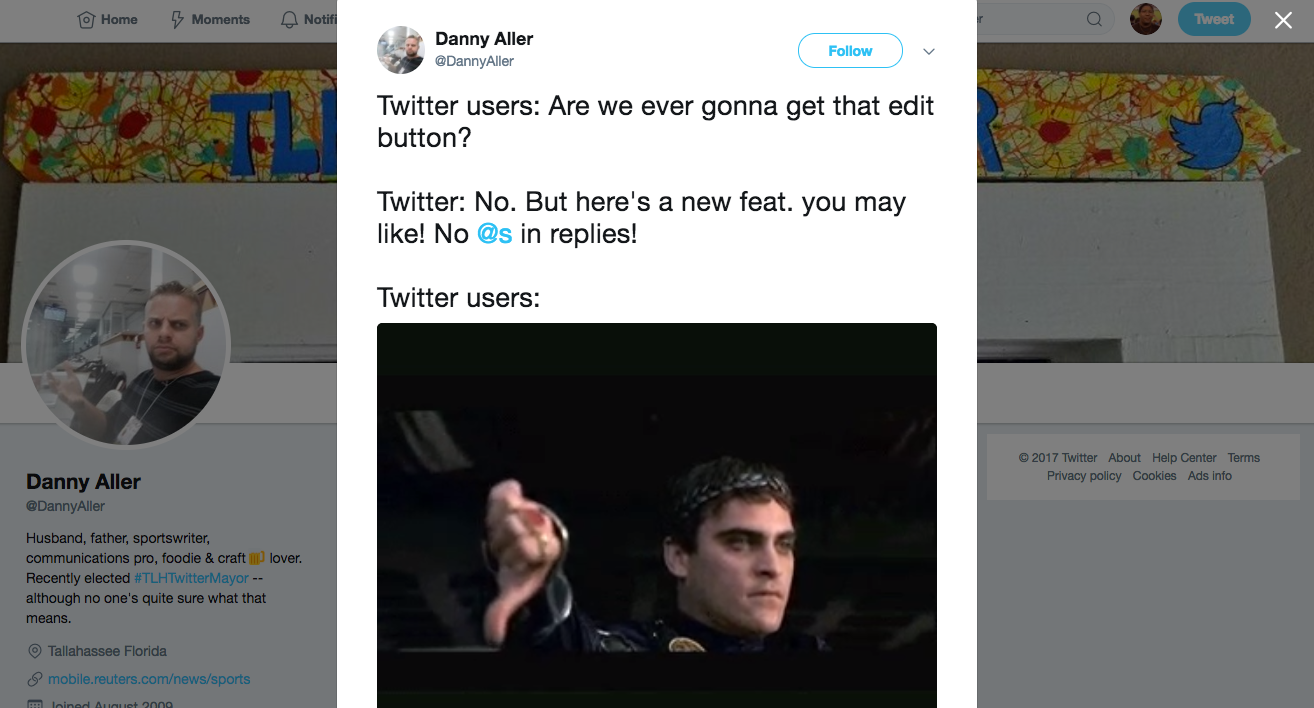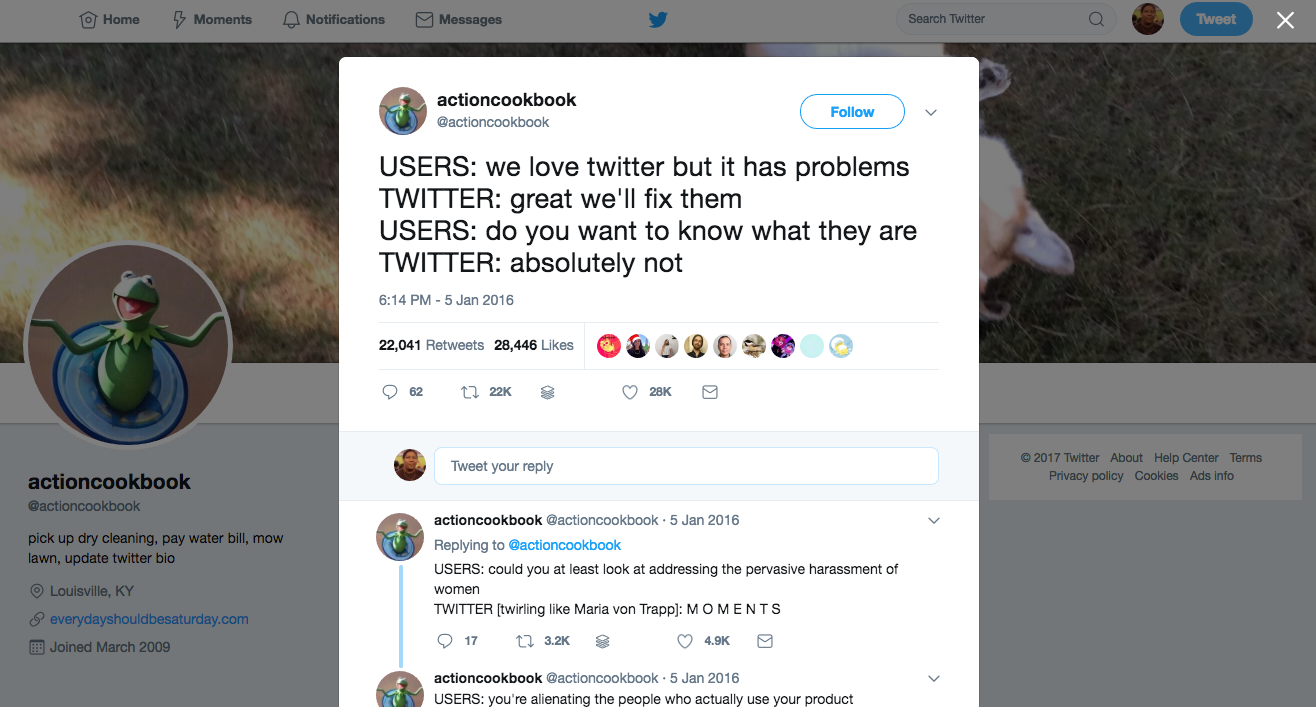How to Explain What Design is to Non-Designers
Published: September 23rd, 2017
Design is not art. It is more than pure visual, it’s creation with a purpose. Design takes effort, research, iteration, and feedback. It can be long but in the ends it’s worth it.
Many people don’t know this and assume when someone is a designer they are just making things look pretty or making cool ads, websites, or stationary. The amount of times I’ve had to design something and everyone wants to already give me art direction and not let me create anything is astounding. Don’t get me wrong, I love working in a team. When the “team” consists of others talking about the project, making decisions about it, and then telling me what to make without including me —we have a problem.
Making design decisions without your designer
Being left out of conversations, kick-off meetings and any back and forth with the client isn’t a matter of hurt pride. It’s a lack of understanding of the scope and intent behind the project. When you make a design it should be made with an idea of 1) what is expected from the project, after launch or production 2) the people that this thing will be going to or who will be interacting with it. Being left out of these decisions makes any knowledge based decision difficult and decisions come from more of gut feelings. Having people tell you art direction at that point is a bit like pointing in the dark and running in the direction hoping to see the light.
Let’s clear up a misunderstanding before it gets out of control. I’m not saying, in anyway, shape, or form that other people can’t come to good, if not great, design decisions on their own. The fact of the matter is if I’m someone being paid to give you my best and your not giving me all the information I need to do that then we all have a problem. I’m not one to dial it in and not give my all, I want to create the best product to the client and the user. Working together here is the solution and not siloing ourselves off and never interacting. When one person thinks they know better than everyone else, is when the problems really start.
Researching and analyzing data are big parts of design
People may think design is something that only comes from gut instinct and pure design skill and talent. That’s not a 100% true. While a lot of designs are based on reactions and feelings, designs are meant to convey something and this requires thought about the message and recipients. Having data and doing research are a big part into knowing you are doing the right thing.
Without research you could make features for a website that absolutely no one wants and be completely blind to the features they have been demanding. Case in point is Twitter. Now I’m not going to pretend to know the answer but people have wanted to edit tweets for a longtime. Yet, they continually get strange features that many people don’t like or understand. It feels like the company is completely ignoring the peoples desire and need.


User feedback is crucial to understanding the impact of designs
Many companies and people make the mistake of thinking they know more about what their customers want then their customers do. If no questions have been asked, then it’s pretty presumptuous to know what all of your users want. Asking questions are a great way to show how involved you are with your users. Making something better or improving their general experience only (points out) how great your design strategy is. This step is forgotten a lot and it’s so important to iteration. How do you iterate on something that no one knows how it’s doing or how its affecting your users?
Designing is for the user and not the shareholders
One of the biggest problems I’ve run into is something I was taught very early in my design career, the design isn’t for you. This is a sentiment many non-designers don’t seem to know about or understand. Sometimes when creating a design or making changes they forget to separate their feelings from the intent of the design. Their personal choices and desires start to seep into the design. This isn’t a good practice, it’s not practical as your not representing what’s best for your brand or your users. A good designer will take this into account and create something that delivers the experience needed to your users and not just satisfy your visual senses.
Understanding how a design will relate to content is important
I’m sure many people have looked at amazing designs and wished they could replicate them and use them. This is another classic misstep, not understanding the intent of that design and realizing if it’s relevant for you to use. Many companies and people think all design can just take whatever content you have and will look exactly the same. The mistake is in assuming your content will match up perfectly, if your lacking in any area the design will fall short in your usage. When you, as a designer, press people on the necessary requirements to make the design work then it sinks in a bit.
Design is more than visuals
Non-designers, the ones I’ve encountered, almost always describe what I do as either “making everything look pretty” or “being a visual wizard”. Though I appreciate both sentiments, that’s not the only thing my job entails. Many people seem to dumb it down to one dimension of simply visuals. This only reinforces the prior problems. Since you are just visual there seems to be no reason to include you in any other part of the design process. Nipping this in the bud should be of upmost importance, by highlighting the knowledge in previous steps it shows how much of an asset is being lost when designers are pigeon-holed.
Getting through to non-designers is a matter of education
These are some of the more important differences that non-designers seem to have about design. I strive always to try and educate people when I encounter these problems. Sometimes they understand and want to do the right thing. Other times, they stick to their guns and continue on the road of design impracticalities. The starting place for badly created designs. The main point is to try and make the best products you can. Showing coworkers and bosses your knowledge will either show them what they are missing out on or give you the signal that you need to move on. Educating is important but if it’s not working don’t waste your time trying to change a mind already set.
